6 Horror Movies Where the Government is The True Villain
In these movies, the government wants the absolute worst for you.

Horror movies reflect the fears of the society that they are created in. When that factual statement is applied to the movies in this list, it shows that society has been distrustful of the United States government for a long, long time.
The fact that horror is built upon the fears and anxieties of a society, and the fact that artistic choices have to be made about how to depict such horrors, also means that horror movies are political. They always have been. However, not every horror movie depicts its politics in a literal sense. Many movies use metaphors to suggest their political messages rather than spelling them out in obvious ways. Many other films aren’t explicitly made to have political messages, but those messages can still be interpreted from the subtext (often in multiple ways).
Much like today’s actual political climate, the movies in this list are not subtle. They don’t hide messages in subtext, and they don’t mess around with too many metaphors about who the true villain really is. These horror movies clearly depict governments, or key people within a government, as inept, greedy, dangerous, or worse.
Jaws (1975)
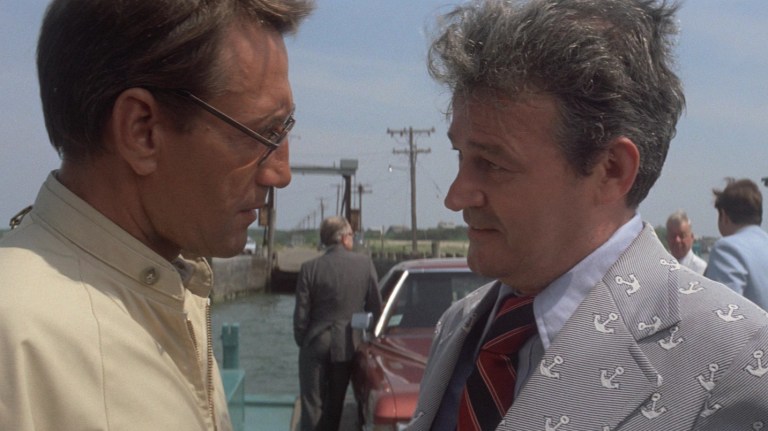
Starting this list with local government, Mayor Larry Vaughn in Jaws is the prototypical conniving politician. Despite the danger of a killer shark, and knowing that there has already been one death before the 4th of July, the mayor insists that the beaches of his town stay open to the public (i.e. for tourists and their money). He even uses his political power to get the coroner to lie about the cause of death of the shark’s first victim. Unsurprisingly, his reckless decision leads to more deaths before he takes action. Even then, his actions are reluctant and constantly antagonistic towards the people actively trying to save the lives of citizens.
The Return of the Living Dead (1985)

The entire zombie outbreak in The Return of the Living Dead is precipitated by an inept government. Barrels containing dead bodies and a chemical called 2-4-5 Trioxin were sent to the Uneeda Medical Supply warehouse by mistake during a cover-up by the US military. When one of the barrels is slapped by an employee at Uneeda, the container made by “the US Army Corps of Engineers” splits open. A goo-covered zombie is released, and the gas formerly contained in the barrel reanimates the dead in the warehouse and slowly turns two people into zombies. Granted, a series of bad decisions leads to a local zombie outbreak, but the government’s solution is to drop a missile that wipes out 20 square blocks and kills about 4,000 people. The Colonel who ordered the strike has a laugh about it while reporting the operation’s success, not realizing that he’s just made the problem worse.
Omen III: The Final Conflict (1981)
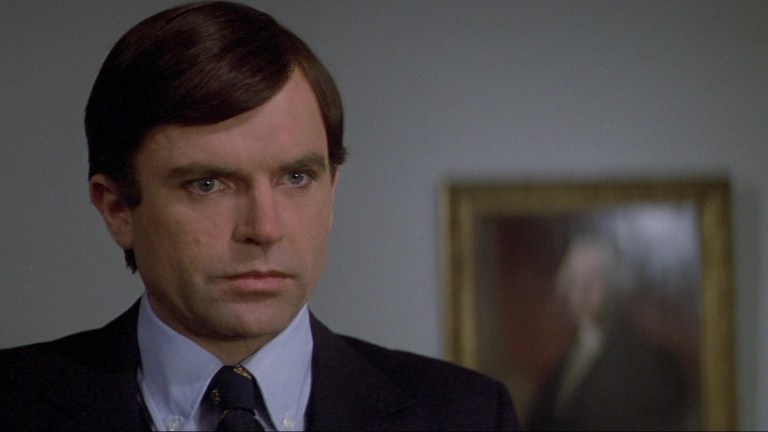
It’s a sure sign of a corrupt government when the literal Antichrist can rise to a position of power within it. That’s exactly what happens in The Final Conflict when Damien Thorn (Sam Neill) becomes the United States Ambassador to the United Kingdom. He then uses his political power to pursue his own personal agenda of evil. Sounds about right.
Land of the Dead (2005)
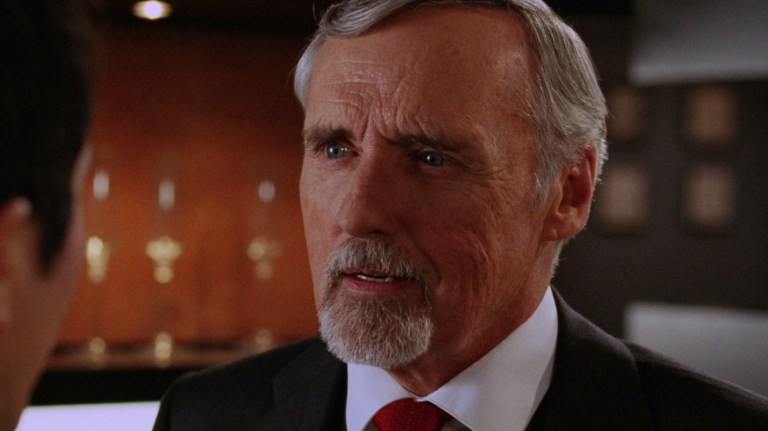
Post-apocalyptic zombie fiction often tackles ideas about corrupt governing bodies. Land of the Dead contains one of the most obvious critical portrayals of this kind of ill-conceived government. Dennis Hopper plays Paul Kaufman, the leader of a safe zone built in Pittsburgh, Pennsylvania. Kaufman rules from the luxurious confines of Fiddler’s Green, a skyscraper housing Kaufman’s allies. Everyone else lives in poverty. Kaufman is a liar who only cares about power and wealth, and he eliminates anyone who opposes his position. That is, until his dastardly ways lead to his downfall.
The Dead Zone (1983)
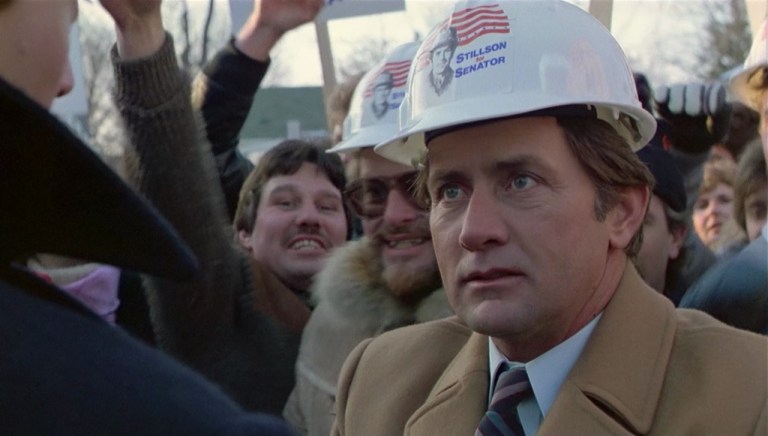
The Dead Zone follows Johnny Smith (Christopher Walken), a man who develops the ability to see a person’s past, present, and future just by touching them. When Johnny shakes the hand of a charismatic politician running for US Congress, he sees a future in which the man rises to the presidency and starts a nuclear war. With the terrible knowledge that only he can change the future, Johnny makes a fateful decision. As gripping as Johnny’s story is, it’s a lesson to everyone to be careful who you vote for.
The Purge Franchise
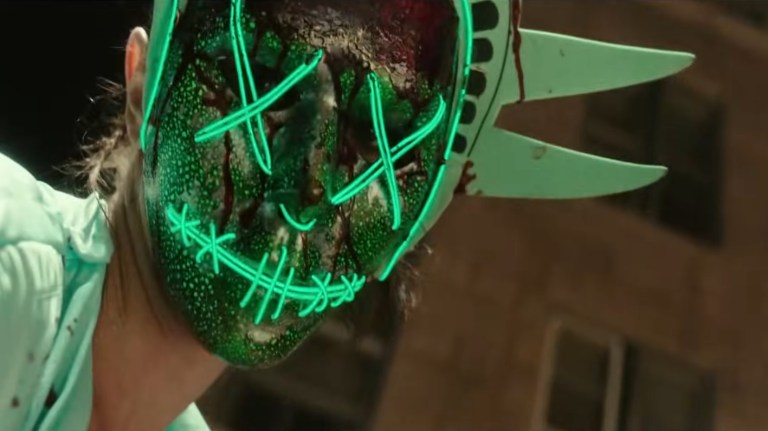
This one is obvious, right? In the movies, The Purge is the one night a year when all crime is legal for 12 hours. It’s ostensibly meant to allow people to vent their stress and frustrations as a way of reducing overall crime rates, but it’s actually a thinly-veiled attempt to get rid of poor people and marginalized portions of the population. In a more broad sense, the film series is a damning view of US politics since it depicts a society so fed up with the status quo that they elect a government that installs a totalitarian regime. It’s not all doom and gloom though. The drama in the movies comes from the people who have the courage and resilience to stand up in defiance of a government that hates them.
